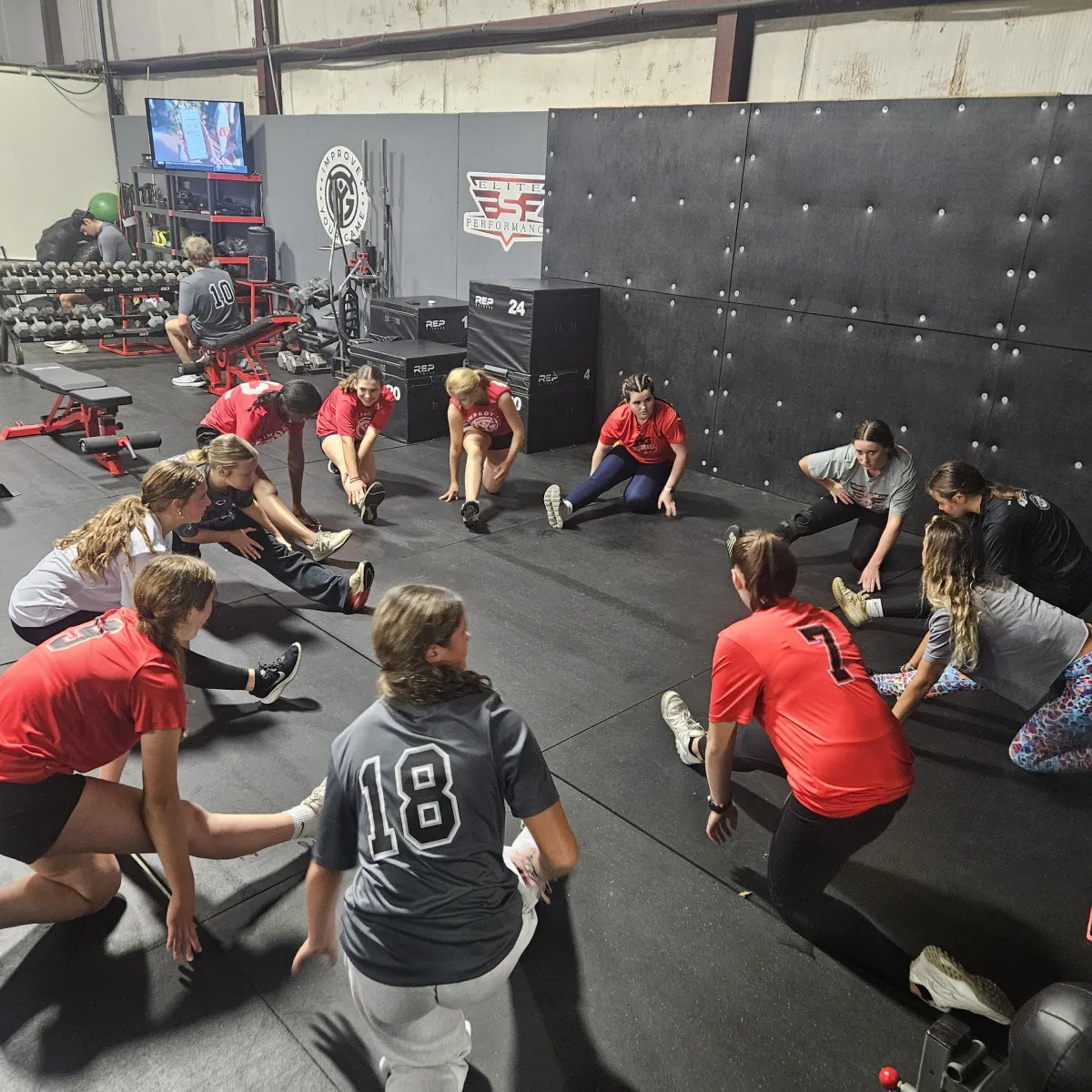
Yoga for Athletes
Yoga for Athletes: The Benefits of Flexibility Training
Train Hard. Train Smart. Train BSF!
Athletes are constantly looking for ways to gain an edge—whether through strength, speed, endurance, or mindset training. One often overlooked tool that can elevate performance is yoga. While many think of yoga as just stretching, it actually enhances flexibility, mobility, recovery, and mental resilience—key components of elite athleticism.
At BSF Elite Performance, we emphasize building well-rounded athletes through strength, conditioning, and mental performance training. Yoga plays a vital role in that equation by promoting flexibility, injury prevention, and overall body control. Let’s break down the science-backed benefits of yoga for athletes and why you should incorporate it into your training routine.
Why Yoga Matters for Athletes
1. Improved Flexibility and Mobility
Flexibility is not just about being able to touch your toes—it’s about allowing muscles and joints to move freely through their full range of motion. Increased flexibility enhances:
Explosiveness in movement (e.g., a pitcher’s wind-up, a sprinter’s stride, or a wide receiver’s agility)
Reduction in muscular tightness, leading to smoother, more efficient movement patterns
Enhanced recovery, reducing post-workout soreness and stiffness
👉 BSF Tip: Try Downward Dog or Pigeon Pose to open up the hamstrings, hips, and lower back—key areas that get tight in strength training.
2. Injury Prevention & Joint Health
Injuries often occur when muscles are too tight, and joints lack mobility. A lack of flexibility can lead to compensations in movement, causing strain on the body. Yoga strengthens stabilizing muscles while keeping the ligaments, tendons, and fascia supple—helping to:
Reduce the risk of muscle strains and joint sprains
Improve hip, knee, and shoulder stability—common trouble areas for athletes
Promote long-term durability for year-round performance
👉 BSF Tip: Warrior II strengthens the hips and knees while improving lower-body stability, crucial for squat mechanics, sprinting, and cutting movements.
3. Faster Recovery & Reduced Muscle Soreness
Yoga stimulates blood flow and lymphatic drainage, helping the body flush out toxins and reduce inflammation. Incorporating yoga post-training can:
Speed up muscle repair
Reduce delayed onset muscle soreness (DOMS)
Help athletes feel fresher for their next workout
👉 BSF Tip: Use Child’s Pose and Supine Twist post-training for spinal decompression and deep muscle relaxation.
4. Enhanced Breathing & Mental Performance
Athletes who control their breathing control their performance. Yoga teaches diaphragmatic breathing, increasing oxygen efficiency and calming the nervous system under pressure. The mental benefits include:
Increased focus and mental clarity
Lower stress levels, reducing performance anxiety
Better control over heart rate, crucial for endurance athletes and high-pressure moments
👉 BSF Tip: Before a competition or high-intensity training, practice Box Breathing: inhale for 4 seconds, hold for 4 seconds, exhale for 4 seconds, hold for 4 seconds.
5. Increased Strength in Stabilizer Muscles
Yoga is not just about flexibility—many poses require isometric strength, helping to activate stabilizing muscles often ignored in traditional strength training. Benefits include:
Stronger core stability, translating to better balance and power
Improved posture and body alignment, reducing strain on joints
Better control over movement mechanics, leading to more efficient athletic performance
👉 BSF Tip: Boat Pose and Plank Variations are great for core engagement and stability, helping with rotational power and explosiveness.
How to Incorporate Yoga into Your Training
You don’t need to replace your lifting sessions with yoga—just 10-15 minutes a few times per week can lead to massive improvements. Here’s how to integrate it:
✅ Pre-Workout (Dynamic Yoga Flow) – Use active mobility-based poses to warm up muscles before strength or speed training. Example: Sun Salutations, Cat-Cow, Low Lunge Twists.
✅ Post-Workout (Recovery Yoga) – Use longer holds and deep breathing to release tension and reduce soreness. Example: Pigeon Pose, Child’s Pose, Reclined Twist.
✅ Off-Day or Active Recovery Days – Use a full yoga session (20-30 minutes) to reset the body and improve flexibility. Example: Hips, hamstrings, and back-focused sequences.
✅ Mental Performance & Breathwork – Use yoga’s mindfulness techniques to build pre-game routines and stress management strategies.
Final Thoughts: Elevate Your Game with Yoga
At BSF Elite Performance, we push athletes to train smarter—not just harder. Yoga is a game-changer for anyone looking to:
✅ Move better
✅ Stay injury-free
✅ Recover faster
✅ Perform at a higher level
Whether you’re a high school athlete, a weekend warrior, or a pro, adding yoga-based flexibility training to your routine can give you the edge you need to dominate in your sport.
Ready to level up? Add yoga into your training and see the difference it makes!
Train Hard. Train Smart. Train BSF!